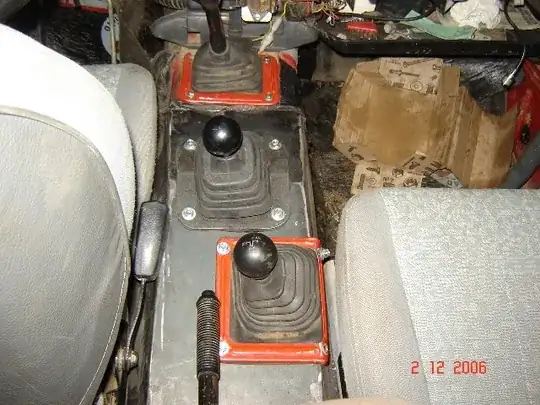ok a real answer first that doesn't rely on special conditions
if you are pointing uphill put it in reverse. this is to prevent any damage from rolling because you have a house in San Francisco. you should also steer the front wheels to the left (right if you're british) so the back of the front tires are effectively chalked by the curb.
if you are pointing down hill then it should be first. you should also steer the front wheels to the right (left if you're british) so the front of the front tires are effectively chalked by the curb.
now for some conditionals
1st gear, low range 4wd, diffs locked, under drive engaged, and axles set to low gear. yes this does give you 3 shifters and 2 buttons. more is better right?

